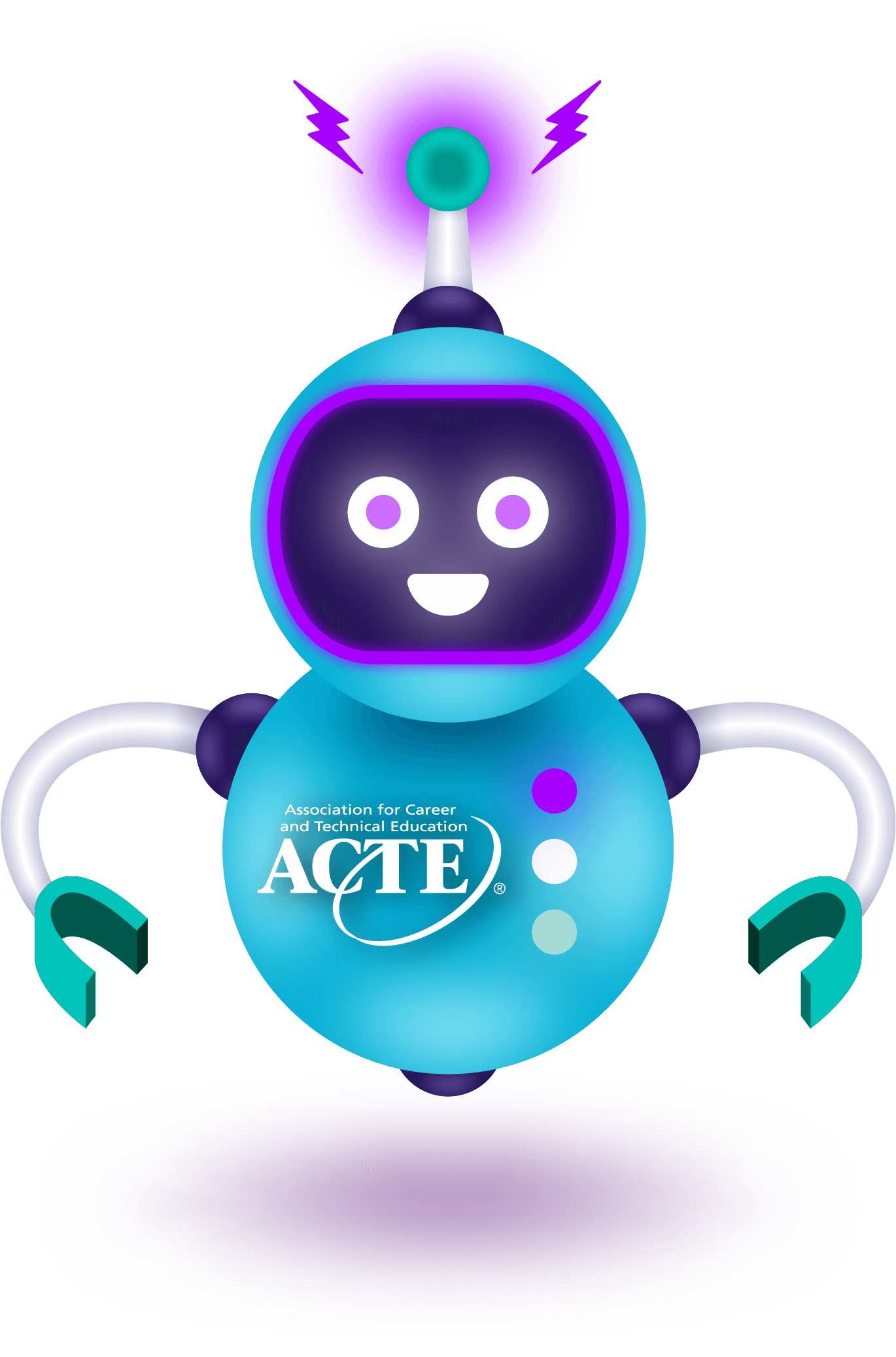On May 17, the House Education and Labor Subcommittee on Civil Rights and Human Services held a hearing titled, “Examining Ways to Improve the Juvenile Justice System and Support America’s Young People.” While this hearing mainly discussed mental health supports and facilities offered to justice-involved youth, CTE was highlighted various times.
Four expert witnesses testified during this hearing:
- Lissette Burton, Chief Policy and Practice Advisor of the Association of Children’s Residential and Community Services
- Hasan Davis, Founder/Director of Hasan Davis Solutions L.L.C.
- Alan Loux, President and CEO of Rawhide Youth Services
- Karen Kolivoski, Associate Professor at Howard University School of Social Work
During the witness testimonies, Mr. Loux described his behavioral and mental health non-profit, Rawhide Youth Services, which provides justice-involved youth with education and work experiences, such as participation in an auto maintenance program.
After highlighting how CTE programs can provide both opportunities for justice-involved youth and address the nation’s skills gap, Rep. Glenn Thompson (R-PA) asked Mr. Loux how Rawhide Youth Services’ work experiences have improved outcomes for justice-involved youth.
Mr. Loux noted that 50% of Rawhide’s participants don’t believe they can obtain a successful career upon entering the program, emphasizing the important role work experiences play in increasing self-esteem, building life skills and securing a job.
Rep. Thompson posed a similar question to expert witness Ms. Burton who provided findings from a study on Bonnie Brae, a New Jersey-based school that offers job training for justice-involved youth. The study found that Bonnie Brae youth who participated in job training were more likely to experience positive outcomes related to employment, school attendance, substance abuse and contact with the justice system compared to non-job training participants at Bonnie Brae.
Additionally, Rep. Thompson emphasized the importance of utilizing Perkins funding for CTE-related programs that engage justice-involved youth. States can use part of their Perkins funds allocated for state leadership activities for serving students in juvenile justice facilities or correctional institutions (along with other state institutions). Up to 2% of their overall allocation can be used in this way. In addition, local recipients could also choose to use their Perkins funds to support justice-involved youth in a number of ways.
Lastly, expert witness Mr. Davis discussed the need to increase job training opportunities for workers in the juvenile justice system to better meet the needs of justice-involved youth.
You can watch the full hearing here.







